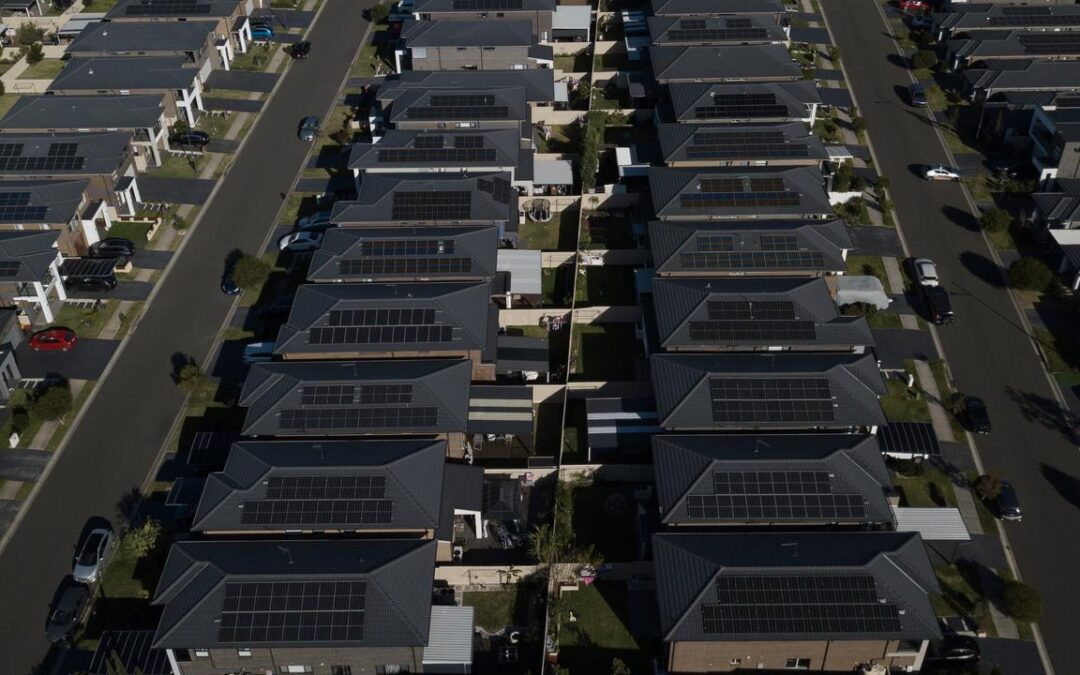
Starring role for households in least-cost transition
Australians’ embrace of rooftop solar and batteries is saving households but the energy regulator warns better co-ordination with the grid is essential to avoid bill shock for all.
The latest update on the state of electricity and gas markets from the Australian Energy Regulator identifies so-called “consumer energy resources” as an increasingly important player in the energy system.
Rooftop solar contributed 14.7 per cent of the national energy market’s total generation in the first quarter of 2025, surpassing the role of wind turbines, 13.7 per cent, and large-scale solar, at 9.3 per cent.
Households are increasingly pairing their solar systems with batteries to store more of their cheap energy for when the sun goes down, with installations accelerating thanks, in part, to federal subsidies.
Rooftop solar, batteries and electric cars have the potential to lower energy costs for consumers who invest in them, the regulator’s 2025 State of the Energy Market Report said.
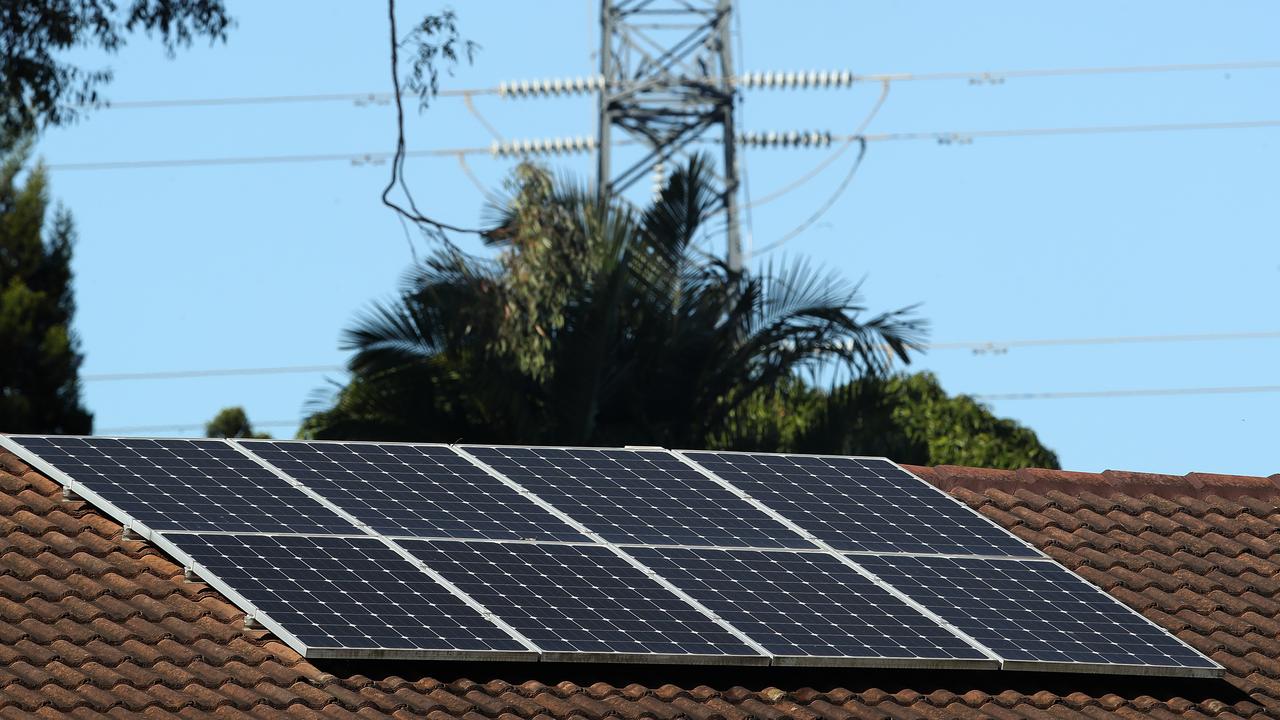
“The broader system and economic benefits for all consumers will depend on the extent to which consumer energy resources can be orchestrated,” the report said, echoing the position of other regulatory and operational energy bodies.
Orchestration using virtual power plants, vehicle-to-grid and other measures can keep down costs for all consumers by smoothing out peak demand for energy, meaning less money needs to be spent on large-scale solar and wind, and poles and wires.
The energy regulator said the projected savings on network costs are not a given and rely on the right policy settings and market incentives, as well as consumer trust to make effective orchestration a success.
Alongside the ascendance of household energy resources, strong inroads are being made into large-scale clean energy delivery in the pursuit of climate targets.
The regulator’s chair Clare Savage flagged 2024 as a “notable” year for the energy system’s transition away from coal.
“By the end of the year, renewable technologies including rooftop solar, solar farms, wind, hydro and batteries made up 60 per cent of the National Electricity Market’s generation capacity and contributed 39 per cent of generation output, representing a significant increase over the past decade,” she said.
But the rollout of big renewables projects and the infrastructure needed to transport it around the country has hit some speed bumps, with lengthy planning and environmental approvals and social licence hurdles all slowing progress.
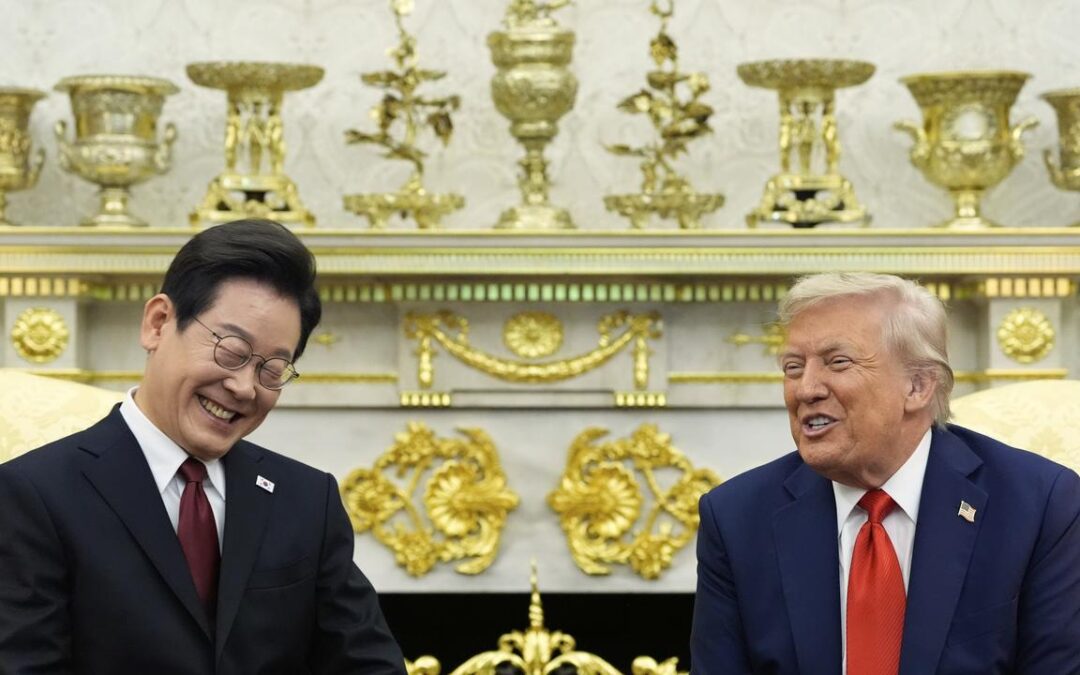
Trump wants a meeting with North Korea’s Kim Jong-un
US President Donald Trump says he wants to meet with North Korean leader Kim Jong-un and that he was open to further trade talks with South Korea even as he lobbed new criticisms at the visiting Asian ally.
South Korea’s new President, Lee Jae Myung, arrived for talks just hours after Trump criticised the South Korean government in a social media post.
It apparently referred to its handling of investigations related to Lee’s conservative predecessor’s December attempt to impose martial law.
The remarks cast a dark mood over high-stakes talks for Lee, who took office in June after a snap election that followed Yoon Suk Yeol’s impeachment and removal.
Welcoming Lee to the White House’s Oval Office, Trump said he was open to negotiating aspects of the US-South Korean trade deal and to meeting Kim.
“I’d like to have a meeting,” Trump told reporters.
“I look forward to meeting with Kim Jong-un in the appropriate future.”
Lee showered praise on Trump and said he hoped for Trump to engage with North Korea.
South Korea’s economy relies heavily on the US, with Washington underwriting its security with troops and nuclear deterrence.
Trump has called Seoul a “money machine” that takes advantage of American military protection.
“Regardless of how this specific incident plays out, Trump has nicely illustrated how unreliable and capricious he is for allies,” said Mason Richey, professor at Seoul’s Hankuk University.
The two countries are engaged in lower-level negotiations over trade, nuclear power, and military spending.

Several top officials, including the foreign minister, rushed to Washington over the weekend to try to iron out final details.
Trump planned to discuss “North Korea, defence posture, trade barriers, maritime security, American shipbuilding, energy dominance, and more,” according to a White House official.
Lee’s goal coming into the meeting has been to sidestep some of the thorniest issues, make a good impression, connect personally with Trump, and above all, avoid any unpleasant surprises, analysts said.
As part of his preparations for the summit, Lee told reporters during his flight to Washington that he had read “Trump: The Art of the Deal,” the president’s 1987 memoir.
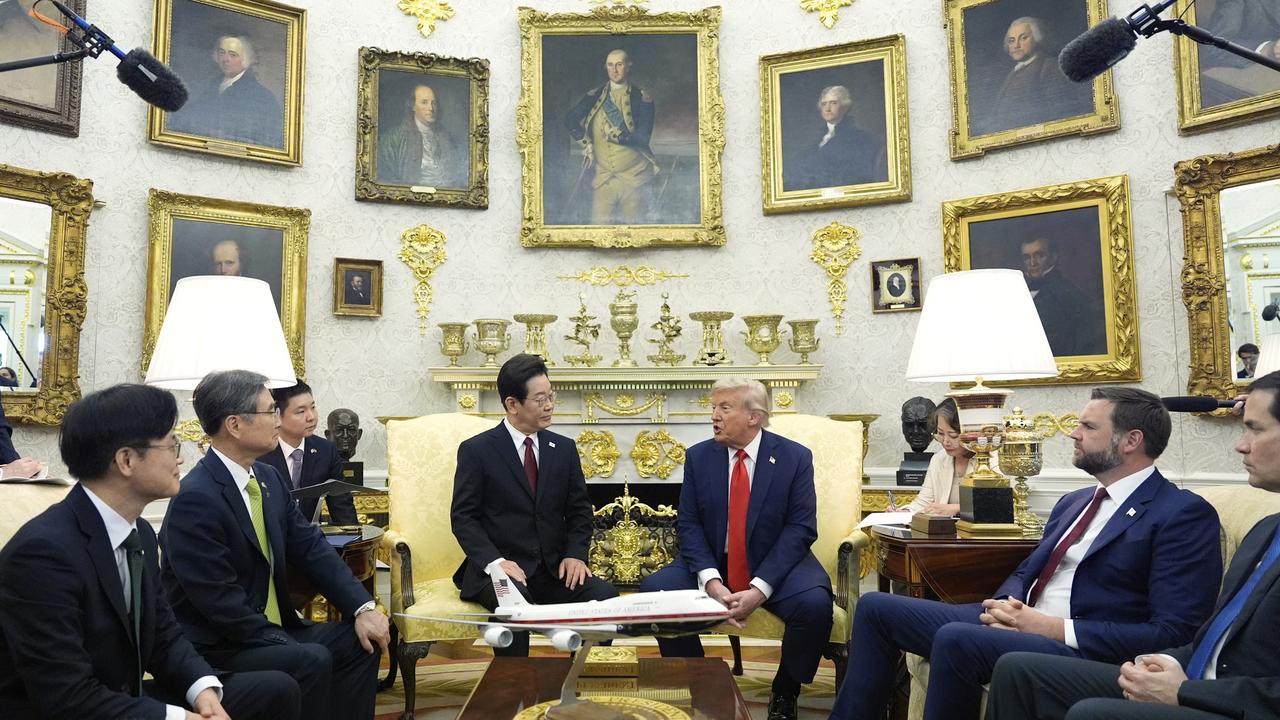
Under heavy pressure from Trump’s administration, South Korean negotiators secured a last-minute deal last month to avoid the harshest of new US tariffs, but they must still hammer out details of billions of dollars in promised investments in the United States.
“There are many major topics in the security field,” Lee’s top policy aide, Kim Yong-beom, said last week.
“Our position is that trade was already finalised last time. We hope that specific implementation plans for trade won’t be included in the summit at all, or at least should be kept simple if discussed.”
Lee, who arrived in Washington on Sunday, will highlight some of South Korea’s expected investments when he visits a shipyard in Philadelphia owned by the country’s Hanwha Group after the summit.
Cooperation to help the ailing US shipbuilding sector is part of the broad tariff agreement reached between the countries.
Trump is expected to pressure Lee to commit to more spending on defence, including potentially billions of dollars more toward the upkeep of the 28,500 American troops stationed in South Korea.
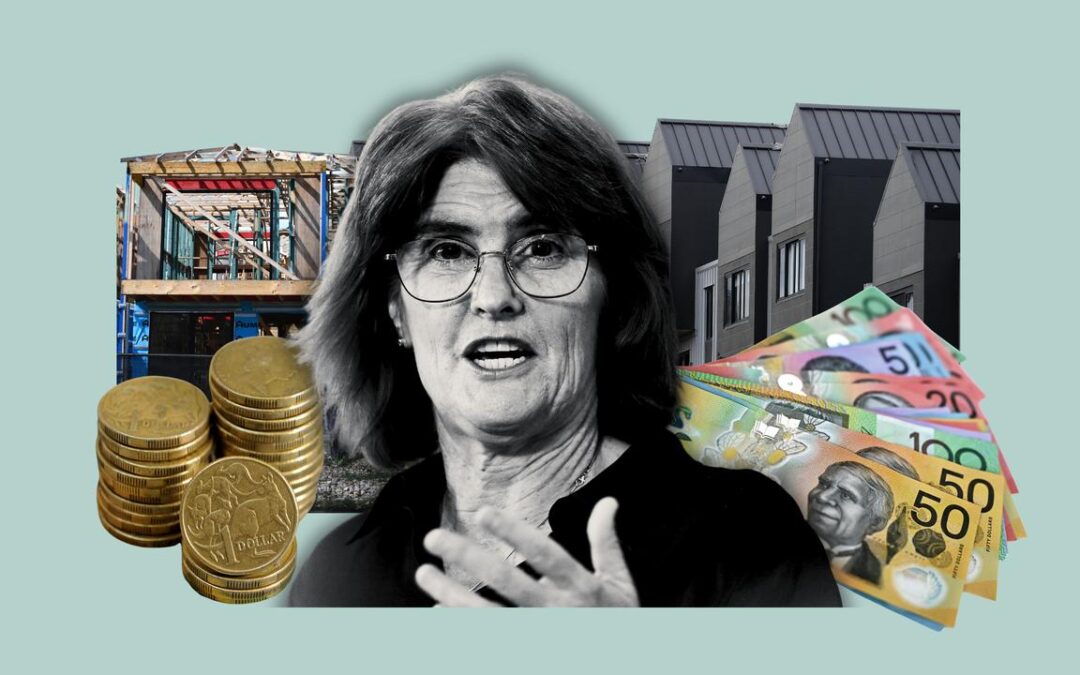
Reserve Bank to lift the lid on interest rate cut
Borrowers looking for insight into the Reserve Bank’s decision-making will get a peak behind the curtain when a record of the board’s latest rate cut meeting is released.
The central bank will on Tuesday publish the minutes from its board meeting earlier in August, when it decided to lower the cash rate to 3.6 per cent.
The decision was widely anticipated and reinforced a recent pattern at the RBA.
The board has cut interest rates at its first meeting following each of the Australian Bureau of Statistics’ last three quarterly inflation read-outs.
It reflects a preference for a “cautious and gradual” easing path.
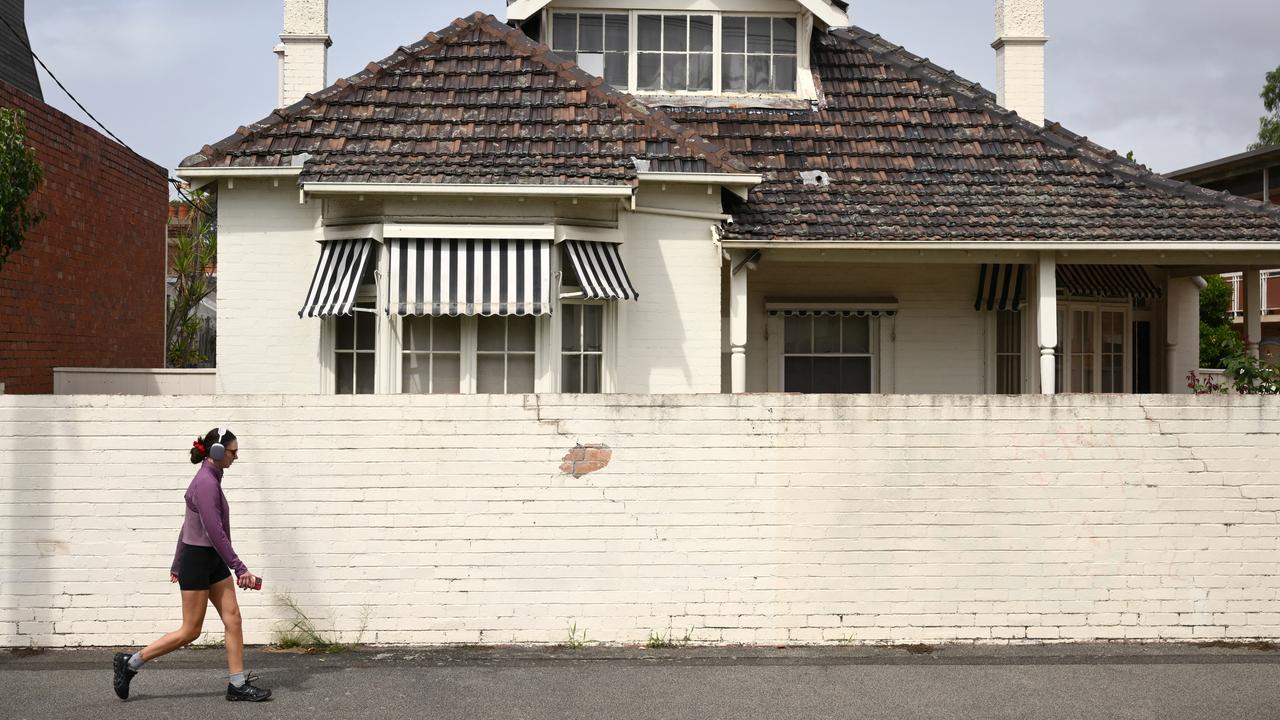
While most analysts and traders believe rates are still on a downward trajectory, expectations of another rate cut at the board’s next meeting are therefore low.
Money markets assign less than a one-third chance to a cut on September 30.
Governor Michele Bullock denied the board had a set policy to avoid back-to-back cuts, insisting that it will be dependent on data that comes out before the next meeting.
“I wouldn’t say one way or the other that we won’t be having back-to-back cuts,” she told reporters after the meeting earlier in August.
But further commentary in the minutes about the need for a gradual easing could reinforce expectations that the board won’t consider cutting until at least November.
While interest rate cuts have buoyed households and businesses, insolvency data suggests the economy is still not out of the woods.
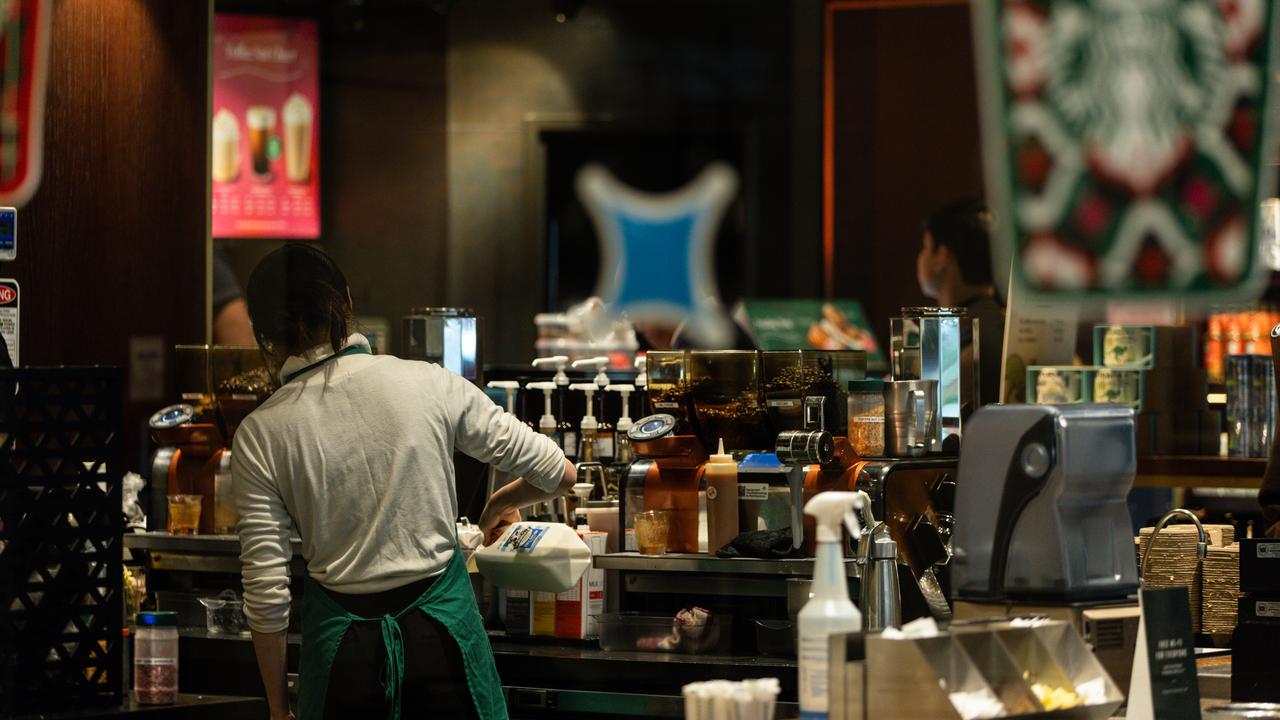
Insolvencies remained at near-record levels in July, credit reporting agency CreditorWatch reported on Tuesday.
The hardest hit industries of construction and hospitality have stabilised, but weakness is emerging in traditionally low-risk sectors like healthcare and financial and insurance services.
“The latest reduction in interest rates by the RBA will, in time, be beneficial to both consumers and businesses, however, domestic energy prices and wages continue to rise, while US trade policy is expected to slow global growth,” said CreditorWatch Chief Economist Ivan Colhoun.
“This is expected to keep the level of insolvencies relatively elevated in the foreseeable future.”
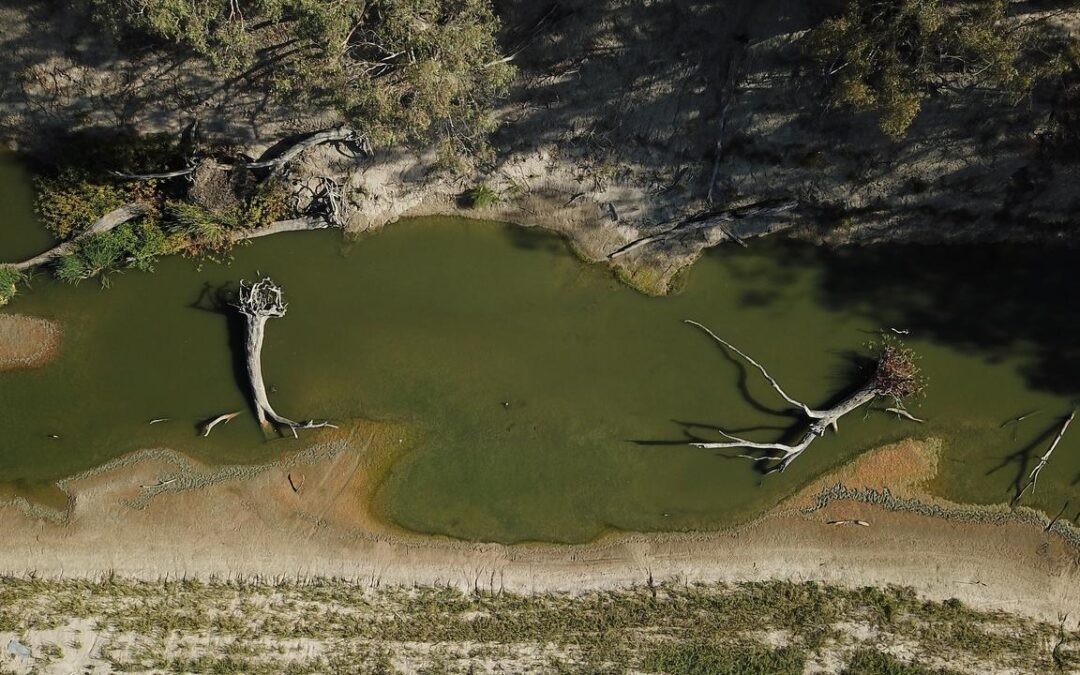
‘Need to move quickly’: environmental reforms take root
Long-awaited reforms to federal environmental laws have been pushed closer to the front of the parliamentary queue.
With widely-acknowledged shortcomings for both nature protection and business certainty, the Environment Protection and Biodiversity Conservation Act was a key talking point at least week’s federal economic summit.
Environment Minister Murray Watt has promised to shave at least six months off the reform timeline in response.
Draft legislation is expected to appear in parliament by the end of 2025 rather than mid-2026.
“I have consistently heard that we need to move quickly to reform these laws, as delays mean holding up investment and more environmental destruction,” Senator Watt said.
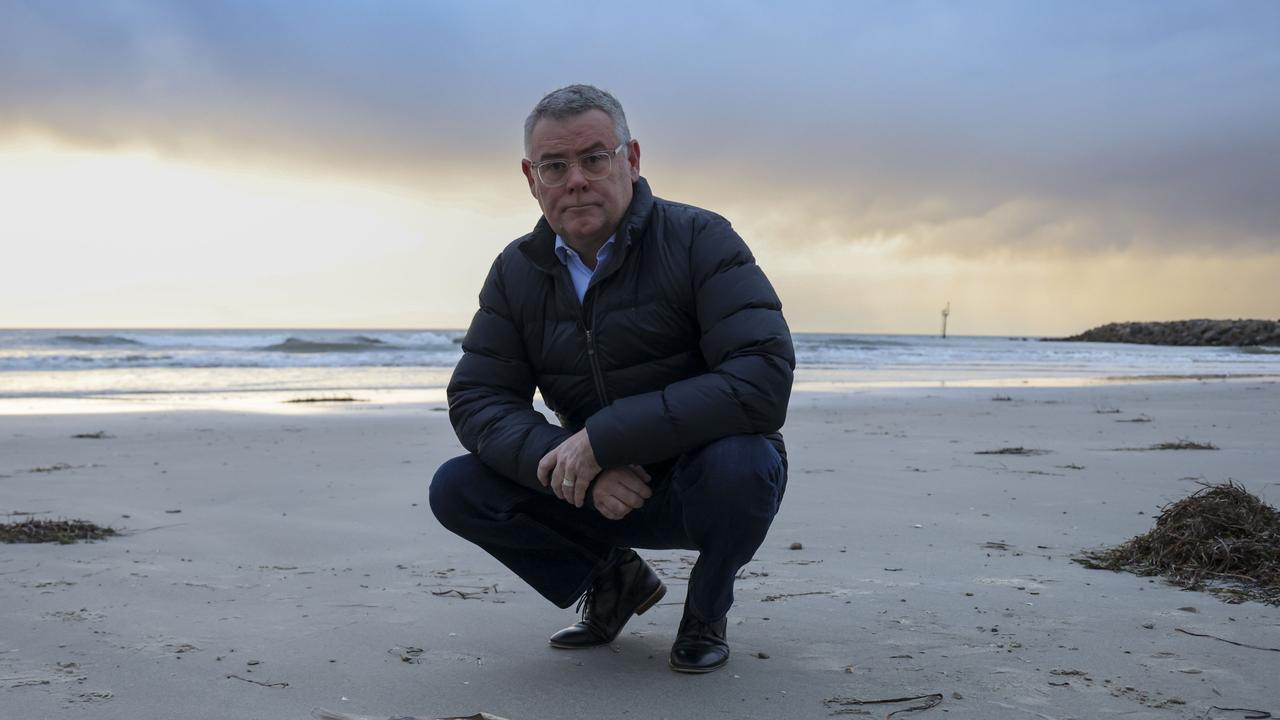
“It was clear from last week’s roundtable that there is very strong support – across business, environment and community representatives – for serious and urgent reform to deliver stronger environmental protections, faster and simpler project approvals and greater transparency in environmental regulation.”
The federal government has long been committed to reform but Labor failed to complete the task in its first three-year term.
Senator Watt’s predecessor, Tanya Plibersek, almost secured a deal with the crossbench for a federal environmental protection agency – part of the broader reforms – but it ultimately fell over.
Senator Watt confirmed the fast-tracked reforms would include setting up a federal Environmental Protection Agency, though the exact model will be devised following further consultation.
New environmental standards, a core ask of the now five-year-old Samuel review that declared current legislation ineffective and outdated, will still go ahead.
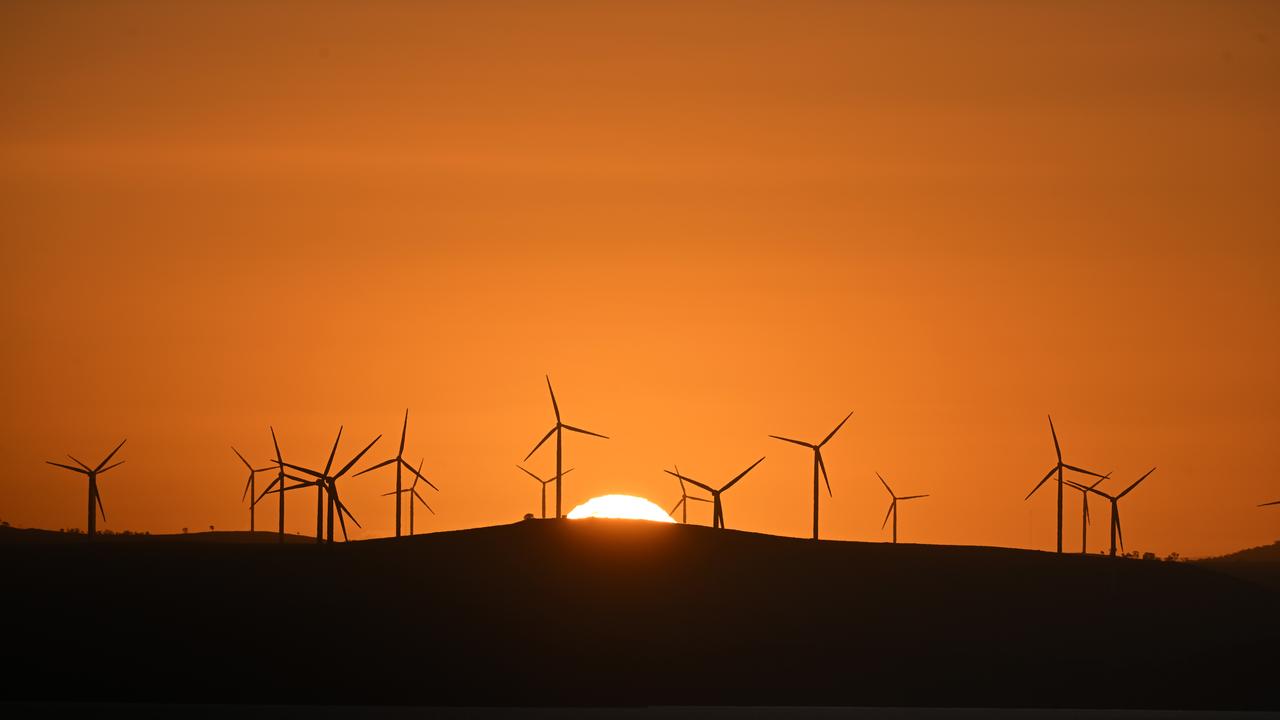
The laws are designed to kick in when mining proposals, building plans and other development threatens “matters of national environmental significance”.
Its role in the stymied progress of the clean energy transition has been criticised and is understood to be contributing to lengthy project delays.
In May, conservation groups and the clean energy industry signed a joint letter urging the federal government to hurry its reforms to pave the way for “faster yeses and faster nos”.
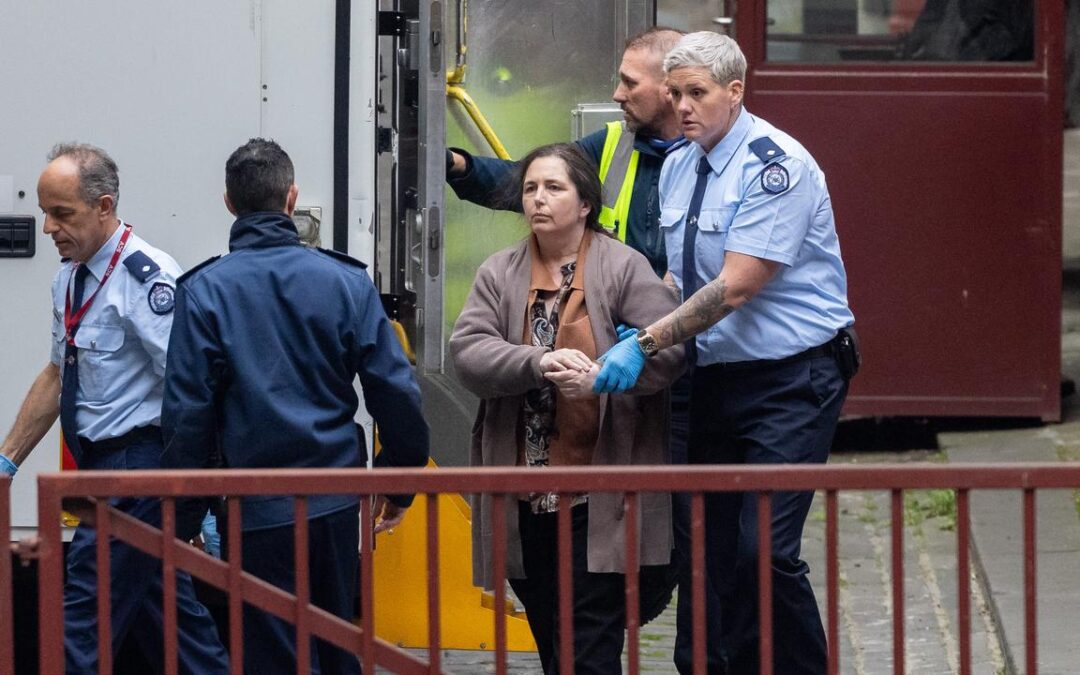
Mushroom cook awaits fate over ‘slow, painful’ deaths
Mushroom murderer Erin Patterson will learn her fate in 13 days.
The 50-year-old triple killer’s sentence date was set for September 8, at the end of an emotional plea hearing on Monday.
Patterson was found guilty by a jury of three murders and one attempted murder over the deaths of her estranged husband Simon’s family, Don and Gail Patterson, 70, and Heather Wilkinson, 66.
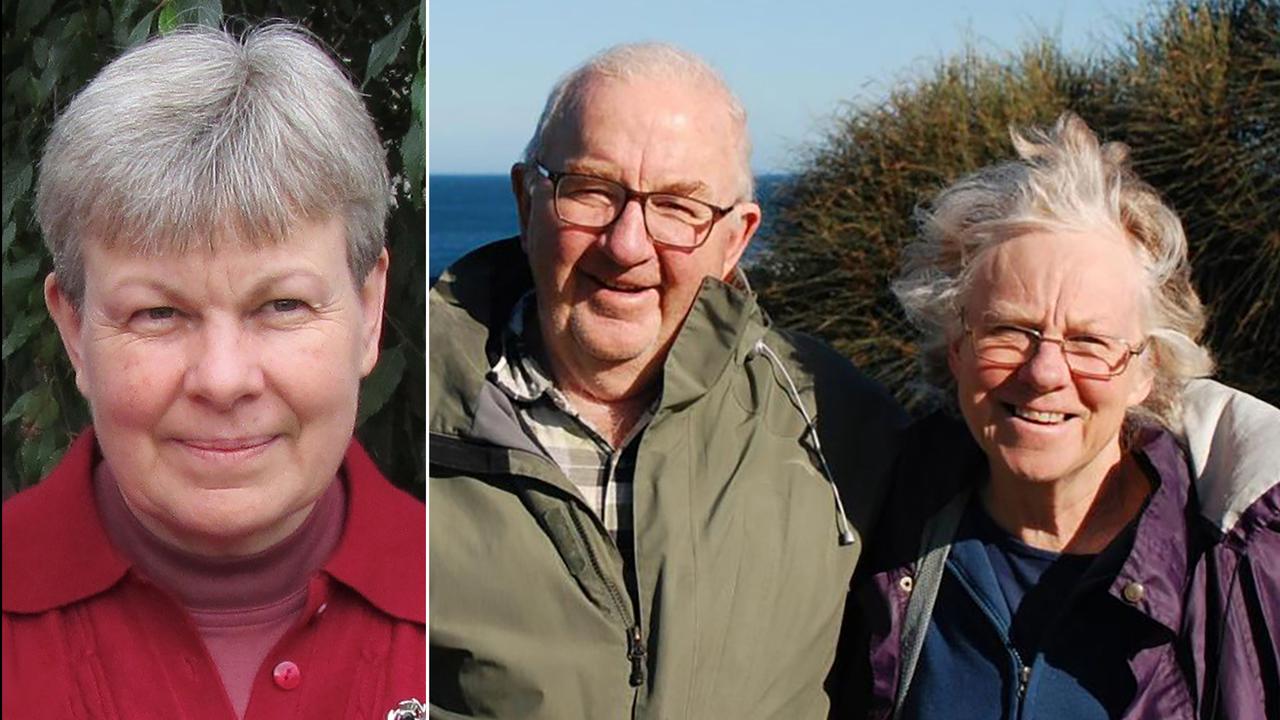
She maintains her innocence, despite pleas from sole surviving lunch guest Ian Wilkinson to confess and repent.
Patterson’s legal team accepted the offending for which she was convicted was “very grave”.
“We make no argument the head sentence should be anything other than life imprisonment,” her barrister Colin Mandy SC told the Supreme Court on Monday.
“The ultimate issue between the parties is whether a non-parole period should be fixed.”
Prosecutors said Patterson, who has been in prison since November 2023, was not deserving of the court’s mercy because her crime was “so cruel, so horrific”.
“Your honour should reach the conclusion that, because of the seriousness of the offences here, it would be inappropriate to fix a non-parole period,” prosecutor Jane Warren told Justice Christopher Beale.
Ms Warren asked the judge to make factual findings about Patterson’s intention to kill.
“It is a case that demonstrates the highest level of planning and preparation, and upmost level of premeditation,” she said.
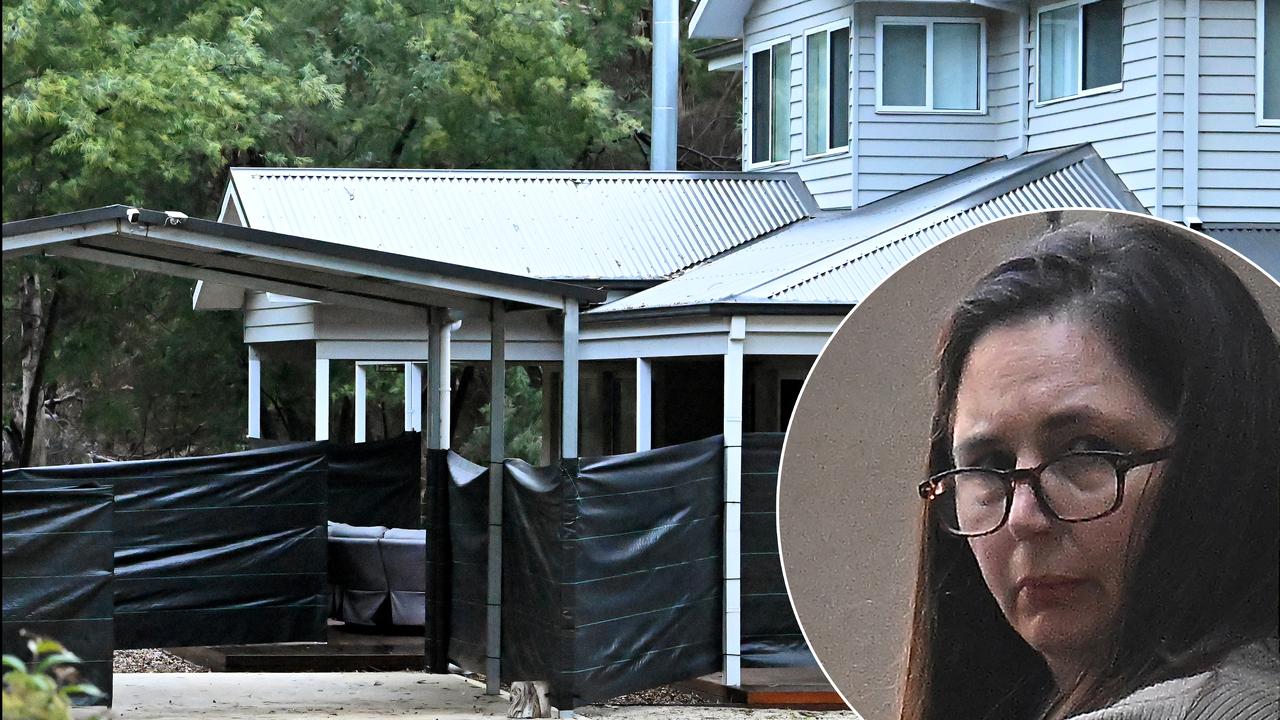
Patterson subjected her victims to “slow and painful deaths” by using death cap mushrooms in the beef Wellingtons, she argued.
She claimed Patterson “had days” where she could have provided medical staff with vital information on her victims, to provide life-saving treatment in hospital before they died.
“Even if she told Simon Patterson she’d used wild mushrooms, that would have … completely changed the treatment,” Ms Warren said.
She alleged Patterson’s “elaborate attempt” to cover up her crimes, including disposing of a dehydrator and lying about becoming unwell, had aggravated the offending.
But Mr Mandy argued there could not be any finding that her acts were deliberate nor her intention was to kill and cited a lack of clear evidence on where and how the death cap mushrooms were sourced.
Justice Beale noted the crime’s impact on two families, the Wilkinsons and Pattersons, was “like a tsunami” which had affected four generations.
Mr Wilkinson became emotional in court as he described the “sorrow and grief” Patterson had brought to his family.
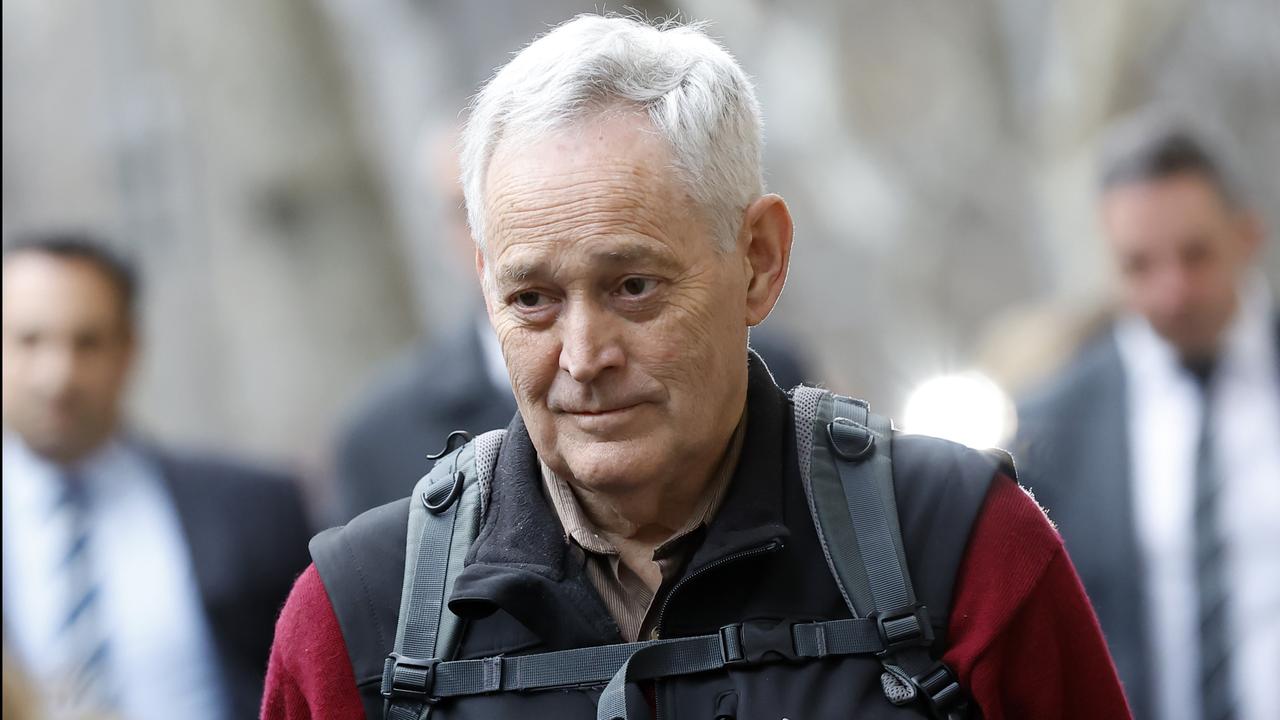
The church pastor offered an olive branch of forgiveness to Patterson for trying to kill him at the July 2023 lunch.
“I encourage Erin to receive my offer of forgiveness for those harms done to me with full confession and repentance,” he said.
“I bear her no ill will, my prayer for her is that she will use her time in jail more wisely to become a better person.
“I am no longer Erin Patterson’s victim, and she has become the victim of my kindness.”
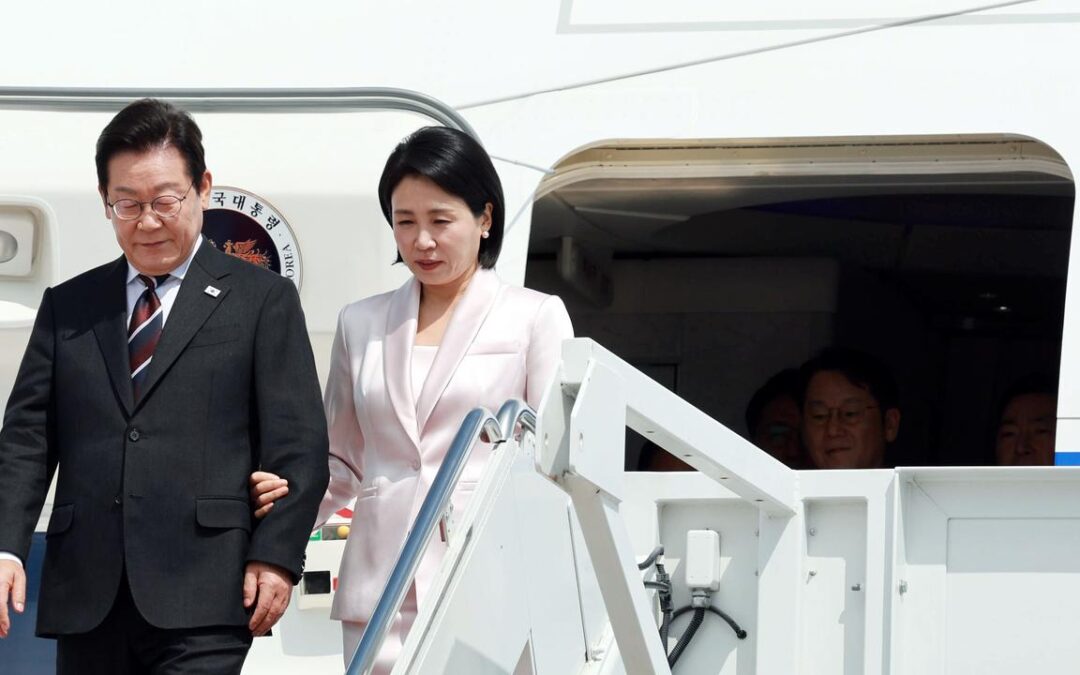
Trump blasts Sth Korea hours before summit with leader
US President Donald Trump has criticised South Korea just hours before a summit with its new President, Lee Jae Myung, as conflict over defence spending and trade tests the two countries’ decades-old alliance.
The leaders were gearing up for their first summit when Trump said on social media, without providing evidence, that there: “Seems like a Purge or Revolution” in South Korea and that “We can’t have that and do business there.”
The remarks cast a dark mood over what, for Lee, are high-stakes talks.
He took office in June following a snap election called after his conservative predecessor, Yoon Suk Yeol, was removed for his December attempt to impose martial law.
South Korea’s economy relies heavily on the US, with Washington underwriting its security with troops and nuclear deterrence.
Lee wants to chart a balanced path of cooperation with the US, while avoiding antagonising South Korea’s top trade partner, China.
Trump did not spell out the reasons for his complaint.
But they appeared aligned with those lodged by Korea’s far-right movement, especially evangelical Christians and supporters of Yoon, who is on trial on charges of inciting an insurrection.
Those Yoon supporters see the ex-president as the subject of communist persecution and have levelled unsubstantiated claims of election tampering in the vote that brought Lee to power in June.
South Korea’s presidential office told local media they were looking into the matter.
The White House did not immediately respond to emailed questions about Trump’s post.
South Korea has long come under targeted criticism from Trump, who has called it a “money machine” that takes advantage of American military protection.
“Regardless of how this specific incident plays out, Trump has nicely illustrated how unreliable and capricious he is for allies,” said Mason Richey, professor at Seoul’s Hankuk University.
The two countries are engaged in lower-level negotiations over trade, nuclear power, and military spending.
Several top officials, including the foreign minister, rushed to Washington over the weekend to try to iron out final details.
Trump planned to discuss “North Korea, defence posture, trade barriers, maritime security, American shipbuilding, energy dominance, and more,” according to a White House official.
Lee’s goal coming into the meeting has been to sidestep some of the thorniest issues, make a good impression, connect personally with Trump, and above all, avoid any unpleasant surprises, analysts said.
As part of his preparations for the summit, Lee told reporters during his flight to Washington that he had read “Trump: The Art of the Deal,” the president’s 1987 memoir.

Under heavy pressure from Trump’s administration, South Korean negotiators secured a last-minute deal last month to avoid the harshest of new US tariffs, but they must still hammer out details of billions of dollars in promised investments in the United States.
“There are many major topics in the security field,” Lee’s top policy aide, Kim Yong-beom, said last week.
“Our position is that trade was already finalised last time. We hope that specific implementation plans for trade won’t be included in the summit at all, or at least should be kept simple if discussed.”
Lee, who arrived in Washington on Sunday, will highlight some of South Korea’s expected investments when he visits a shipyard in Philadelphia owned by the country’s Hanwha Group after the summit.
Cooperation to help the ailing US shipbuilding sector is part of the broad tariff agreement reached between the countries.
Trump is expected to pressure Lee to commit to more spending on defence, including potentially billions of dollars more toward the upkeep of the 28,500 American troops stationed in South Korea.
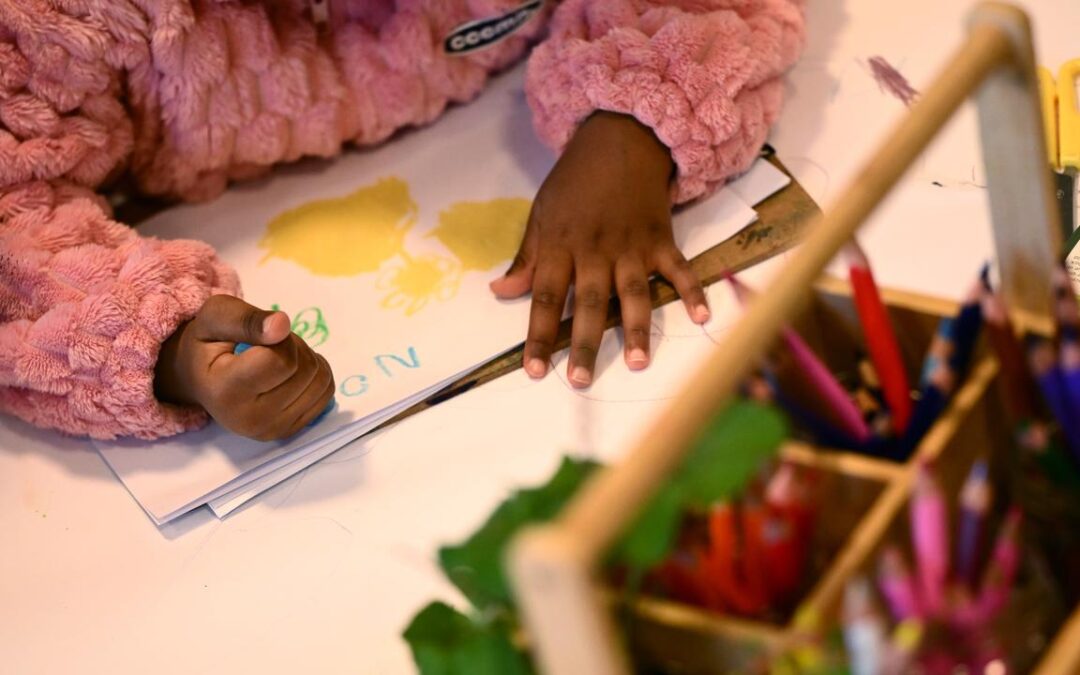
‘Pains me to the heart’: MP fears NDIS autism changes
As Australia considers changes to its national disability scheme in a bid to save billions of dollars, a Liberal politician and father of an autistic child is pained families feel their children are “inconvenient”.
Parents reacted with shock when the federal government announced last week a new scheme – called Thriving Kids – for children with mild autism to serve as an alternative to the $44 billion NDIS.
Labor is seeking to bring down growth of the NDIS to between five and six per cent a year, as it becomes one of the budget’s biggest expenses.
Speaking in parliament on Monday, Herbert MP Phil Thompson said he was in “two minds”, as the need for society to care for its most vulnerable was balanced against reform of the scheme.
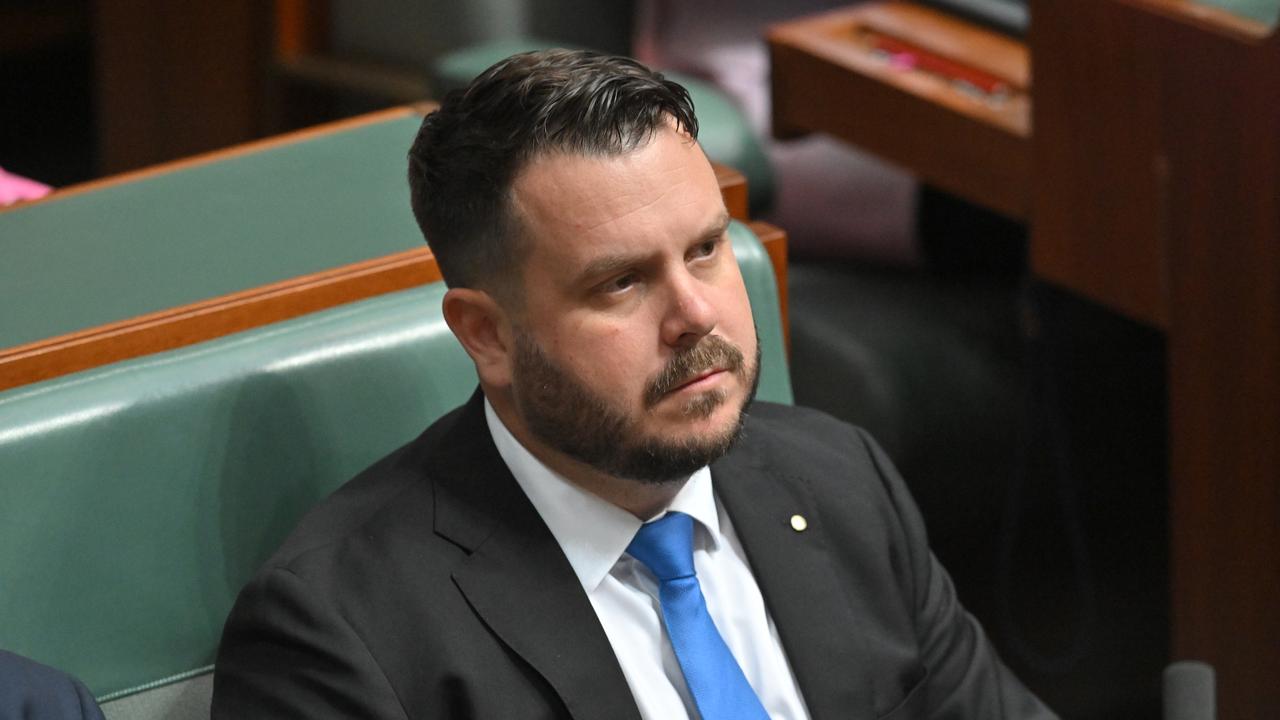
“It pains me, pains me to my heart, that families feel like their children are an inconvenient dollar figure on a government’s budget bottom line,” he said.
“I know that reform is needed. I get that. I understand it, but it must be done in a way where participants aren’t waking up in the morning finding out that things have changed.”
The coalition’s assistant NDIS spokesman is the father of Emery, a five-year-old with autism.
“Changes that get made quickly, changes that get made without consultation or minimal consultation, terrifies me as a father, terrifies me for my daughter’s future,” Mr Thompson said.
“I’m not the only person in this parliament or this country that is looking at the changes to the NDIS with lots of fear.”
Treasurer Jim Chalmers has warned the states and territories could lose billions of dollars in extra funding for hospitals over five years if they failed to back his government’s plan.
Thriving Kids will be rolled out from July 2026 and be fully implemented by July 2027.
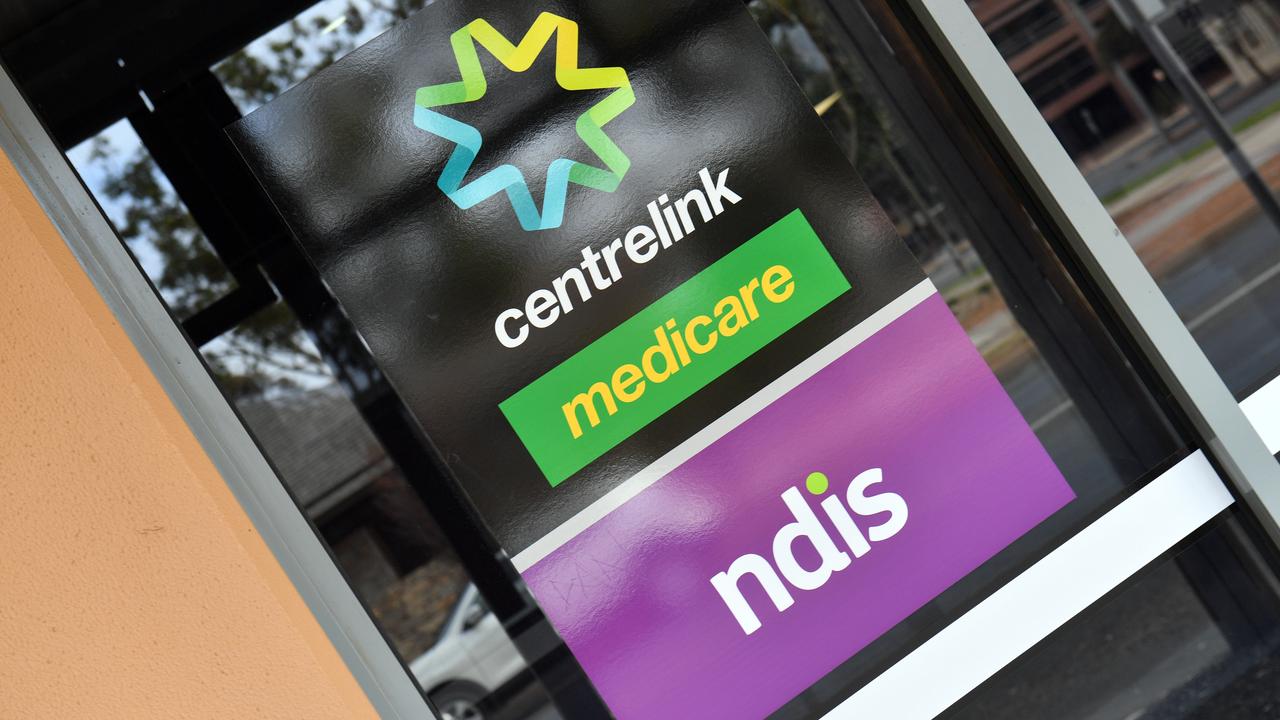
NDIS Minister Mark Butler has moved to reassure anxious parents the two-year turnaround wouldn’t leave a gap.
Australian Autism Alliance co-chair Jenny Karavolos said no child should lose support until suitable and affordable alternatives were in place.
“Every child is precious. The Thriving Kids program cannot be the only lifeboat. Our children deserve more,” she said.
“We cannot let children fall through the cracks while adults work on reforms.
“We must not create a two-tier system where only children with the highest needs remain on the NDIS while others are pushed into a mainstream system that has historically failed them.”
Disability advocates have also questioned the feasibility of setting up a fully functional system to replace NDIS supports in such a short time frame.
Greens NDIS spokesman Jordon Steele-John said there was no guarantee these services would meet the needs of children.
“Autistic Australians are being used as a political football,” he said.
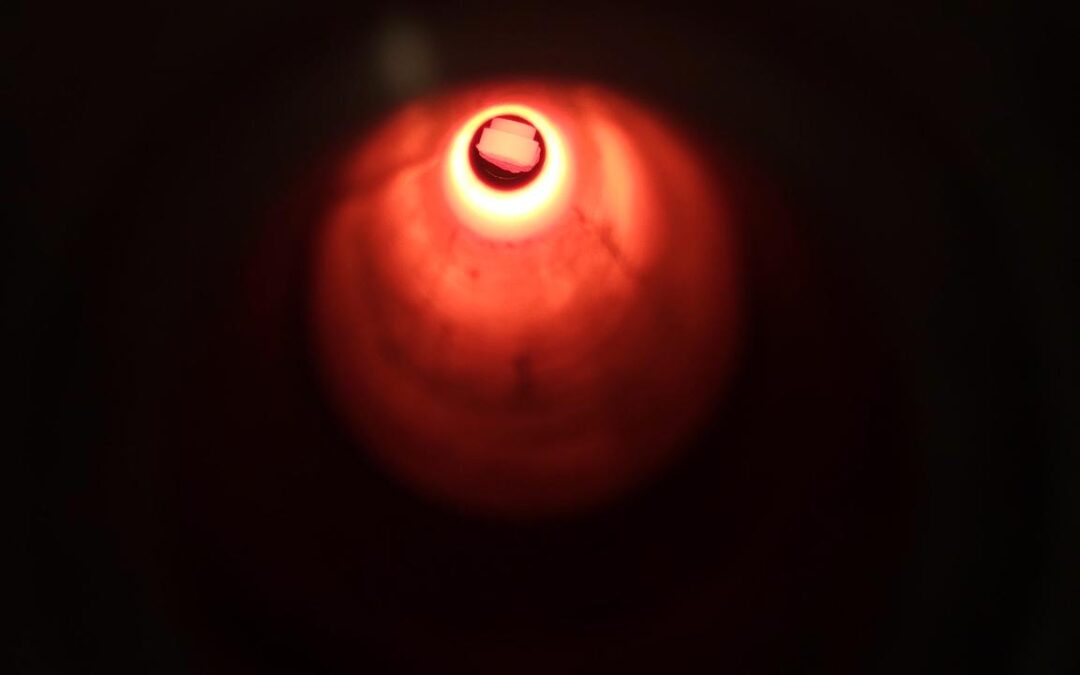
Making Mars: Aussie research turns red dirt into metal
Human settlement on Mars could be one step closer after Australian researchers discovered a way to make metal using the planet’s red dirt.
Researchers from the CSIRO and Swinburne University announced the breakthrough on Monday, revealing they had successfully produced iron using a synthetic version of Martian soil.
The metal, which would also use carbon from the planet’s atmosphere and solar-powered heating, could be used to construct radiation shields and buildings rather than relying on materials transported from Earth.
The announcement comes after NASA revealed plans to send astronauts to Mars as early as the 2030s using a staging ground on the moon.
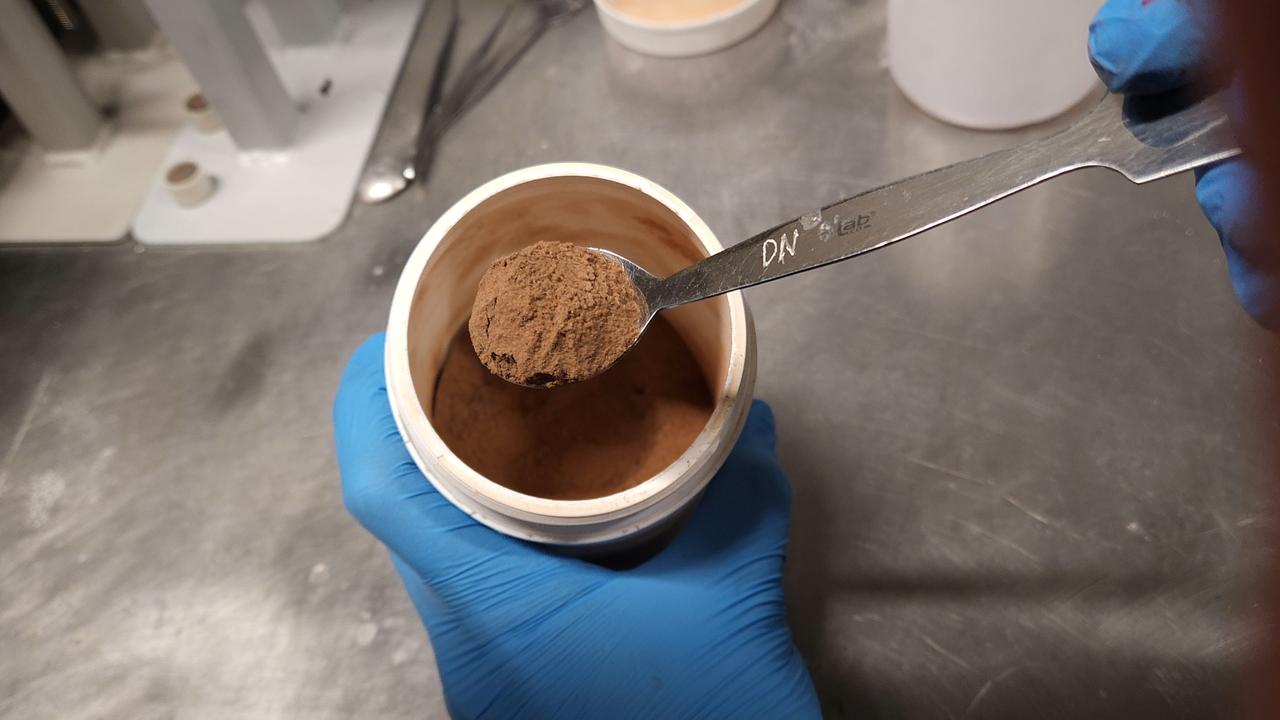
The Australian research project was designed to help the space agency avoid the expense and challenge of taking building materials to Mars and the possibilities presented by “in-situ resource utilisation”, CSIRO senior principal research scientist Mark Pownceby said.
By extracting metal from Mars itself, he said, astronauts could tap into the planet’s vast natural resources to establish a human-friendly environment.
“Mars is a lot easier (than the moon) in terms of extracting metals,” he told AAP.
“The red colour of Mars pretty much comes because there’s a lot of iron in what’s called the regolith, which is the dirt and dust on the surface.”
NASA had developed a way to extract carbon from the planet’s atmosphere, Dr Pownceby said, which could be used as a reducing agent and combined with heat from solar power to create iron on the planet.
CSIRO postdoctoral fellow Deddy Nababan said the research team tested the theory using an artificial version of Martian soil, placing it inside a chamber to recreate Martian air pressure and heating it.
“We picked a stimulant with very similar properties to that found at Gale Crater on Mars and processed them on Earth with simulated Mars conditions to give us a good idea of how the process would perform off-world,” Dr Nababan said.
“At high enough temperatures, all of the metals coalesced into one large droplet.”
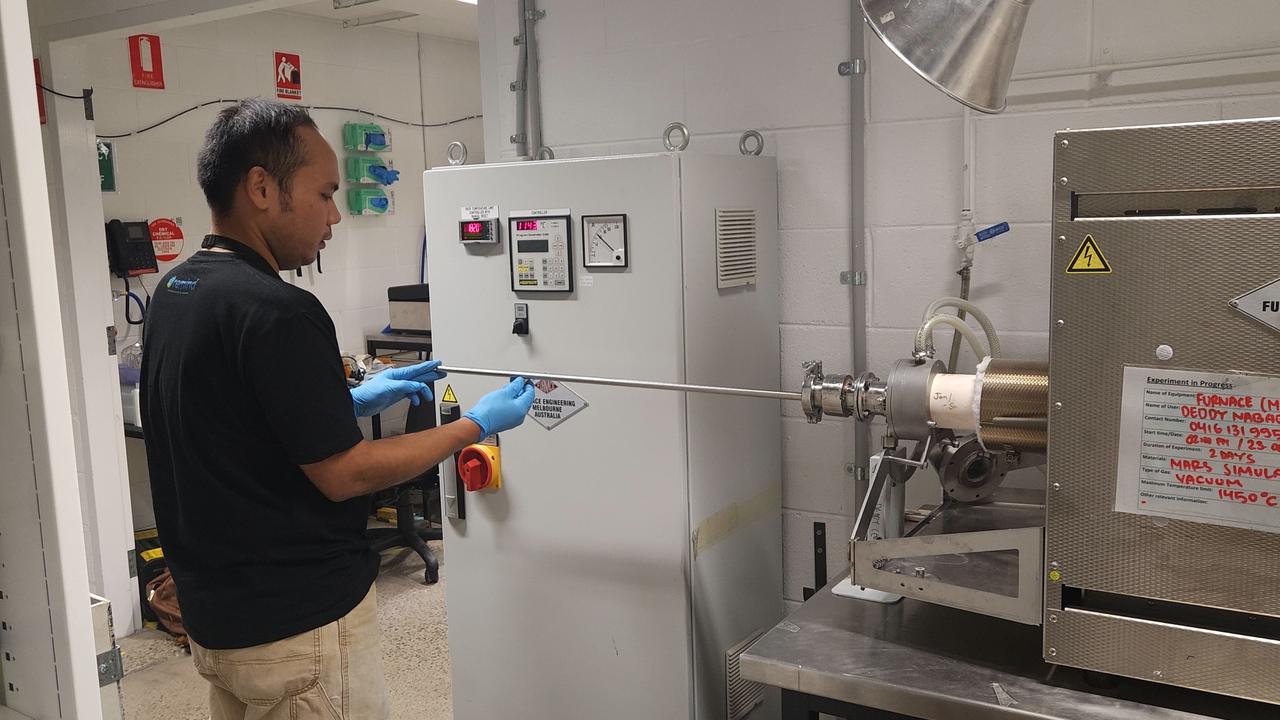
The experiments showed pure iron metal formed at 1000C and iron-silicon alloys were created at 1400C.
Creating building materials was one of several challenges to establishing Martian colony, however, with others including sourcing food, water, power, and establishing communications.
NASA’s MOXIE project, which stands for Mars Oxygen In-Situ Resource Utilisation Experiment, has demonstrated the ability to extract oxygen from the planet’s atmosphere.
The experiments showed life on Mars could be possible for humans even though more breakthroughs would be needed, Dr Pownceby said.
“It’s beyond the realms of science fiction: people will go there and certainly Mars is easier for us to deal with than the lunar surface that has a lot of challenges,” he said.
“We need to start thinking now and doing the research now about what options we have for when we get there.”
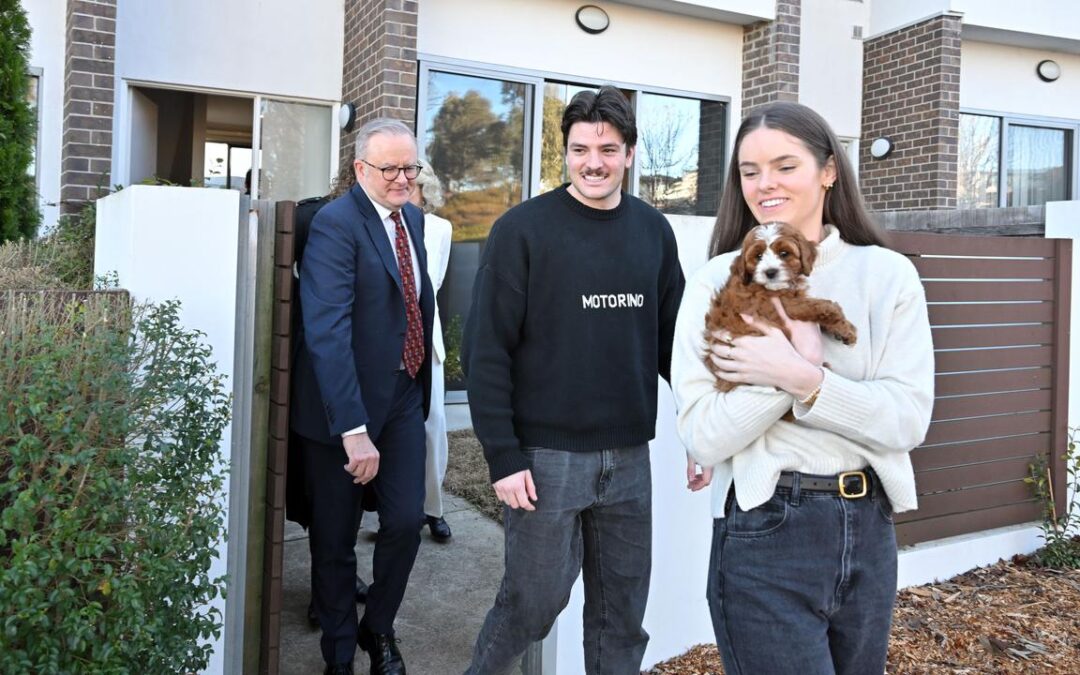
Housing bubble warning as deposit scheme fast-tracked
First home buyers will be given a deposit leg-up sooner in an attempt to improve housing affordability but experts caution the fast-tracked policy could cause prices to surge and threaten financial stability.
An expanded federal government initiative allowing those looking to buy their first property to put down a deposit of as little as five per cent will begin rolling out from October, three months earlier than its original start time of January 2026.
The deposit scheme will be eligible to all first home buyers, after previous versions had a yearly cap on the number of participants.
As part of the scheme, the government will act as guarantor and contribute the remaining 15 per cent of a deposit, allowing buyers to avoid costly lenders mortgage insurance.

The earlier start date will allow aspiring home owners to start paying off their own mortgage – rather than a landlord’s – sooner, Prime Minister Anthony Albanese said.
“We’re absolutely determined to do everything we can to fast-track home ownership,” he told reporters in Canberra on Monday.
Price caps for eligible homes in the scheme in almost all jurisdictions have been increased.
A first home buyer looking to purchase a property at the national median price of $844,000 would only need a $42,200 deposit to get their own home.
A deposit of $75,000 would be needed for the maximum property value of $1.5 million in Sydney.
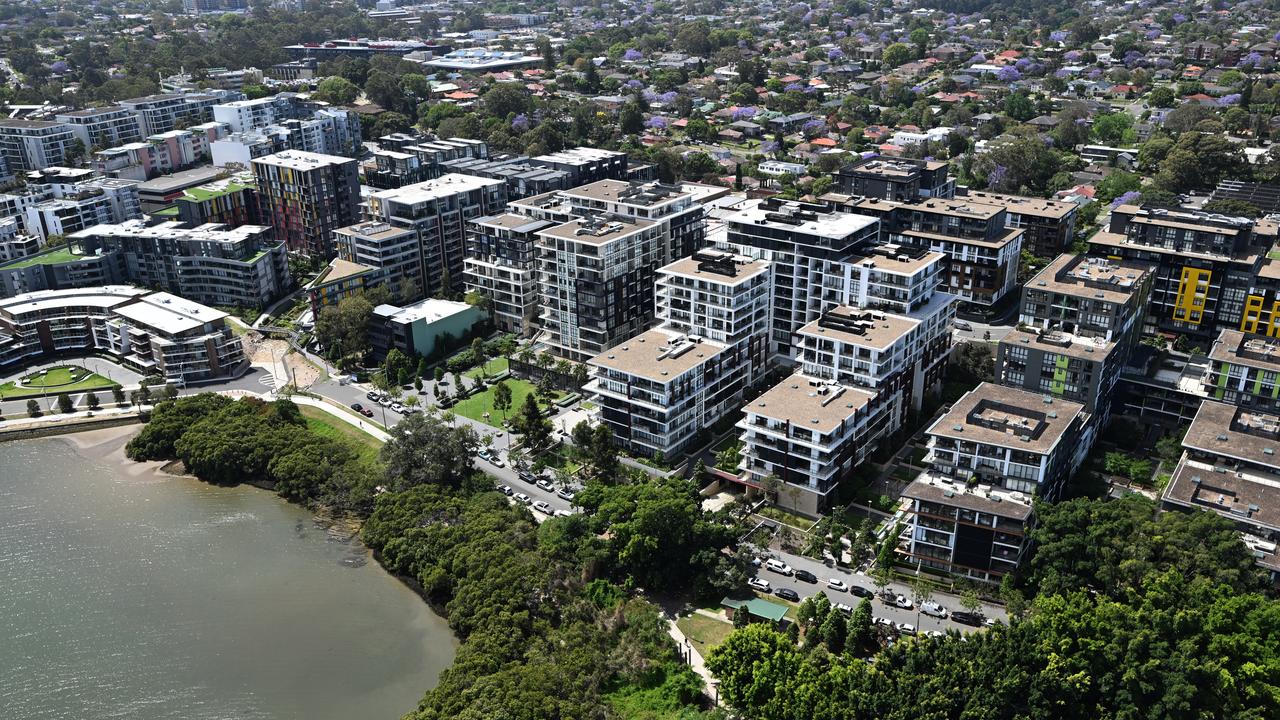
The Property Council of Australia said bringing forward the scheme will help more first home buyers bridge the deposit gap and enter the market but emphasised it needed to be met with more supply.
Housing Minister Clare O’Neil said it was fantastic to see a strong level of interest in the scheme after the Housing Australia website momentarily crashed following the announcement.
Modelling by Treasury found an extra 20,000 home buyers would access the uncapped scheme, bringing the total number using it to 70,000 in its first year.
But it will result in house prices rising 0.5 per cent faster over six years, the modelling found.
Centre for Independent Studies chief economist Peter Tulip said it was difficult to gauge the accuracy of the modelling without seeing the numbers underpinning it, but he knew of no research that would support such a low impact on prices.
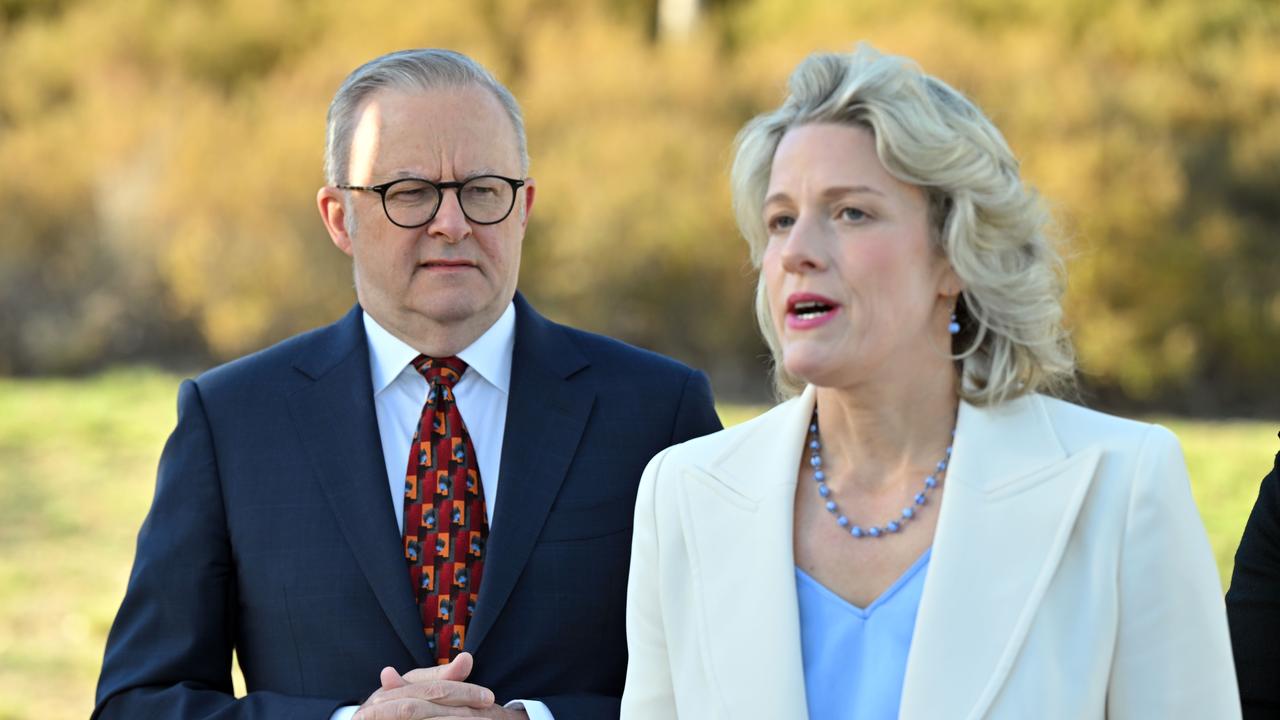
Letting taxpayers underwrite low-deposit mortgages would encourage reckless borrowing, Dr Tulip told AAP.
“This is going to make housing bubbles more likely,” he said.
Anything that allows Australians to spend more on housing than they would otherwise be able to results in more expensive housing and lower home ownership rates, said independent economist Saul Eslake.
Mr Eslake and Dr Tulip agreed building more homes was crucial to making housing more affordable.
The Albanese government has announced measures aimed at improving supply, including pausing upcoming changes to the national construction code to allow for homes to be built quickly.
The pause follows the federal government’s productivity roundtable, which also led to the fast-tracking of environmental approvals for more than 26,000 homes.
But Dr Tulip said the real action in housing affordability was in zoning. He said it was disappointing the outcomes of the productivity roundtable focused on “pretty trivial” measures, rather than supporting state governments’ planning and zoning reform and backing them in against local NIMBY opposition.
Opposition housing spokesman Andrew Bragg said the deposit guarantee scheme exposed taxpayers to an enormous contingent liability and would wipe out the private lenders mortgage insurance industry.
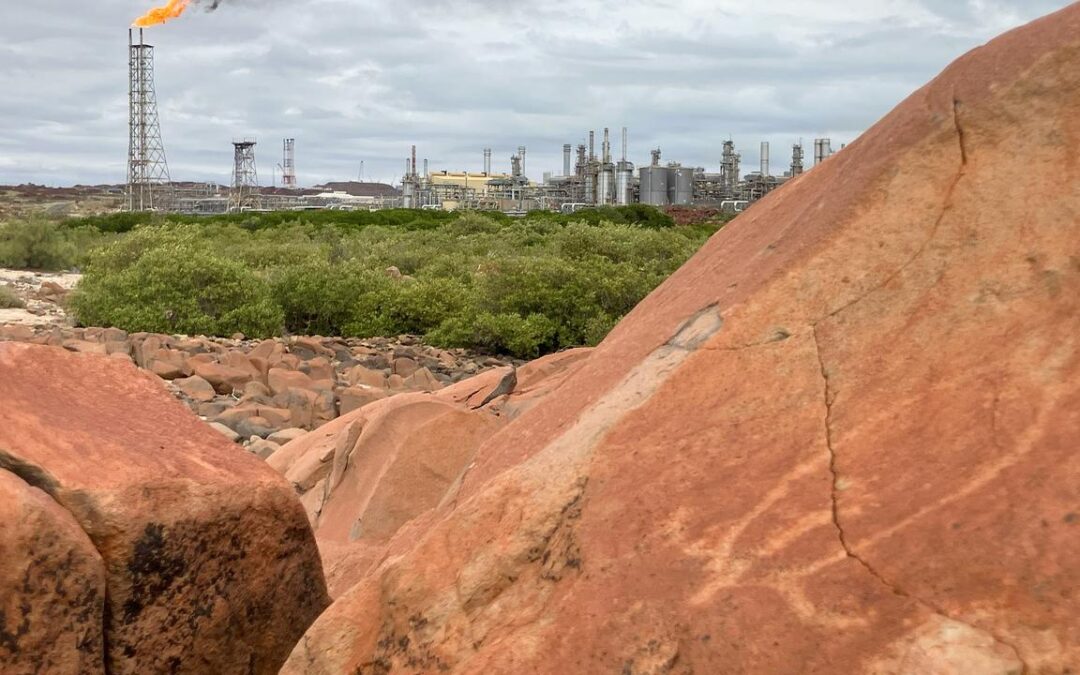
‘Unreasonable’ delay in decision to protect rock art
The federal environment minister has taken an unreasonably long time to assess two Traditional Owners’ application to protect Indigenous rock art near a gas plant, a judge says.
But Murray Watt won’t be ordered by the Federal Court to make a decision concerning an an area of sacred sites and rock engravings in northwest Western Australia, despite a delay of more than three-and-a-half years.
Justice Angus Stewart told Mardathoonera woman Raelene Cooper, who brought the matter to the court, there was little utility in making the order, but the minister was likely to make a decision “very shortly”.
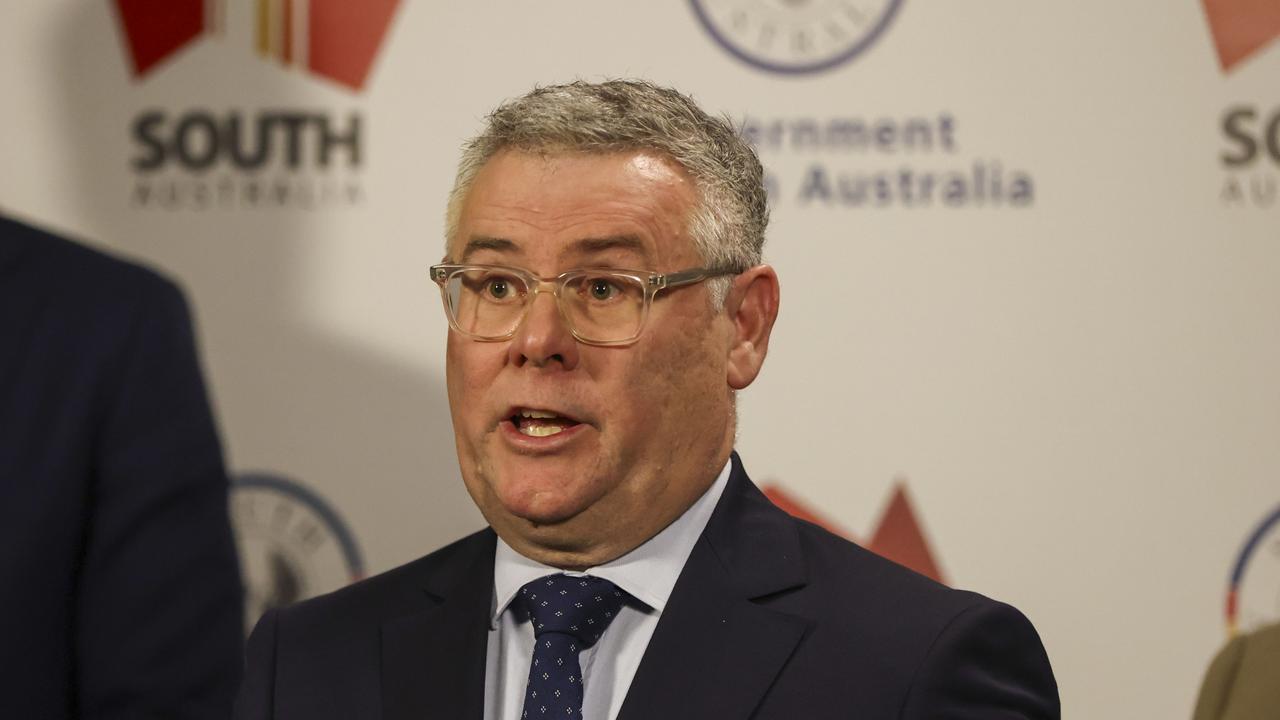
“More than three-and-a-half years for a decision on the section 10 application is, on the face of it, unreasonably long,” Justice Stewart told the Sydney courtroom on Monday.
“There is a positive duty under the relevant provision, for the minister to make a decision and to do so within a reasonable time.”
The judge said there was “no adequate explanation for the delay”.
“It is not said that there was some extraordinary or unforeseen event that delayed matters,” he said.
Justice Stewart also said Ms Cooper could bring the matter back to court if the minister failed to make a decision by September 12, which was the date she had asked the court to set in her application.
The judge ordered the Federal Court to pay Ms Cooper’s legal costs, although these won’t be determined until after the minister makes a decision on the section 10 application.
In February 2022, Ms Cooper and Josie Alec applied for a declaration under section 10 of the Aboriginal and Torres Strait Islander Heritage Protection Act to protect sites on the Burrup Peninsula from injury and desecration.
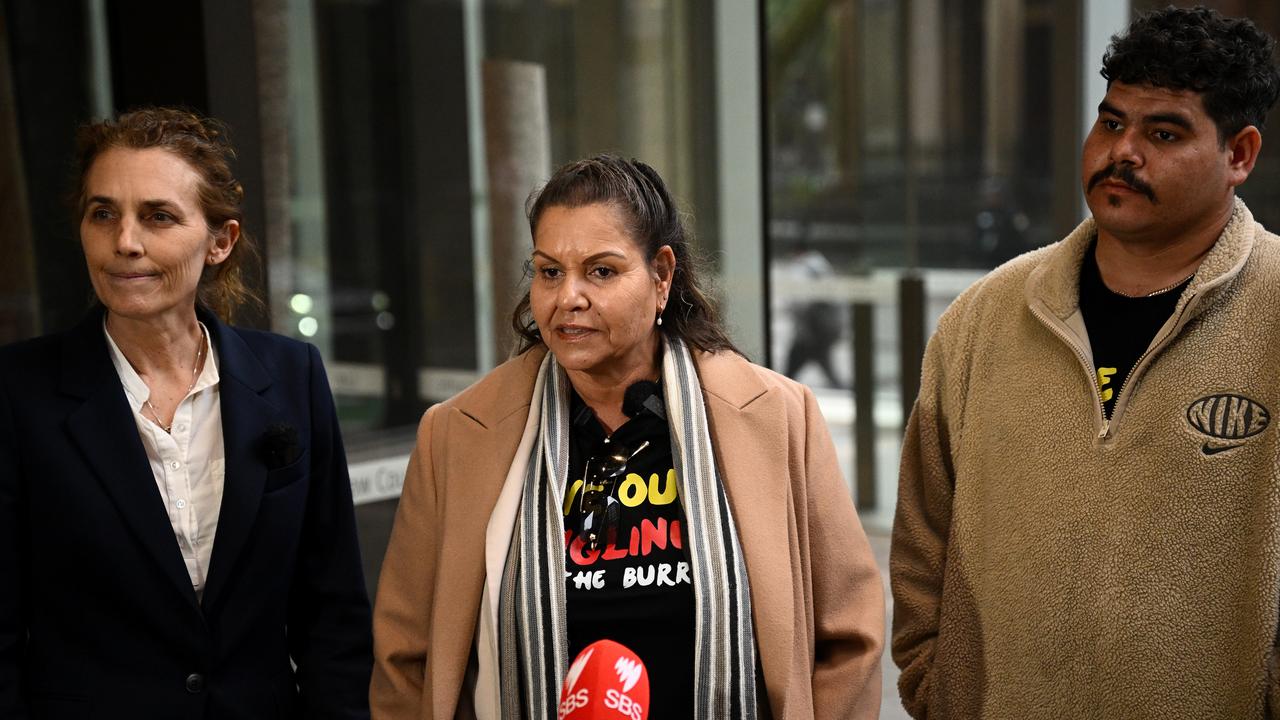
They alleged damage included the removal of sacred sites and rock engravings, the degradation of rock engravings from industrial emissions and chemical discharge, and the degradation of cultural heritage values from visual and noise pollution.
Woodside Energy’s gas processing facilities and two fertiliser plants were said to be the cause of the harm in the application, Justice Stewart said in his judgment summary.
In May, Ms Cooper launched legal action to force Mr Watt to determine the section 10 application following the delay.
Ms Cooper claimed victory in the court battle but said she was heartbroken that many of the sites listed in the original section 10 application had been damaged or destroyed during the assessment delay.
“While the minister has sat on this application, important sites recommended for protection by the section 10 report have been destroyed,” she said in a statement.
“This has echoes of Juukan Gorge,” she added, referring to the 46,000-year-old rock shelters destroyed by Rio Tinto.
The Burrup Peninsula, which is about 27km long and also known as Murujuga, contains some of the world’s oldest and largest petroglyphs.
Its rock art landscape was listed by the United Nations Educational, Scientific and Cultural Organisation (UNESCO) as a heritage site in July.
The inscription recognises the First Nations cultural value of the more than one million engravings at the site, some of which are thought to be more than 50,000 years old.
The matter will return to the same court on September 19 for a case management hearing.
13YARN 13 92 76
Lifeline 13 11 14